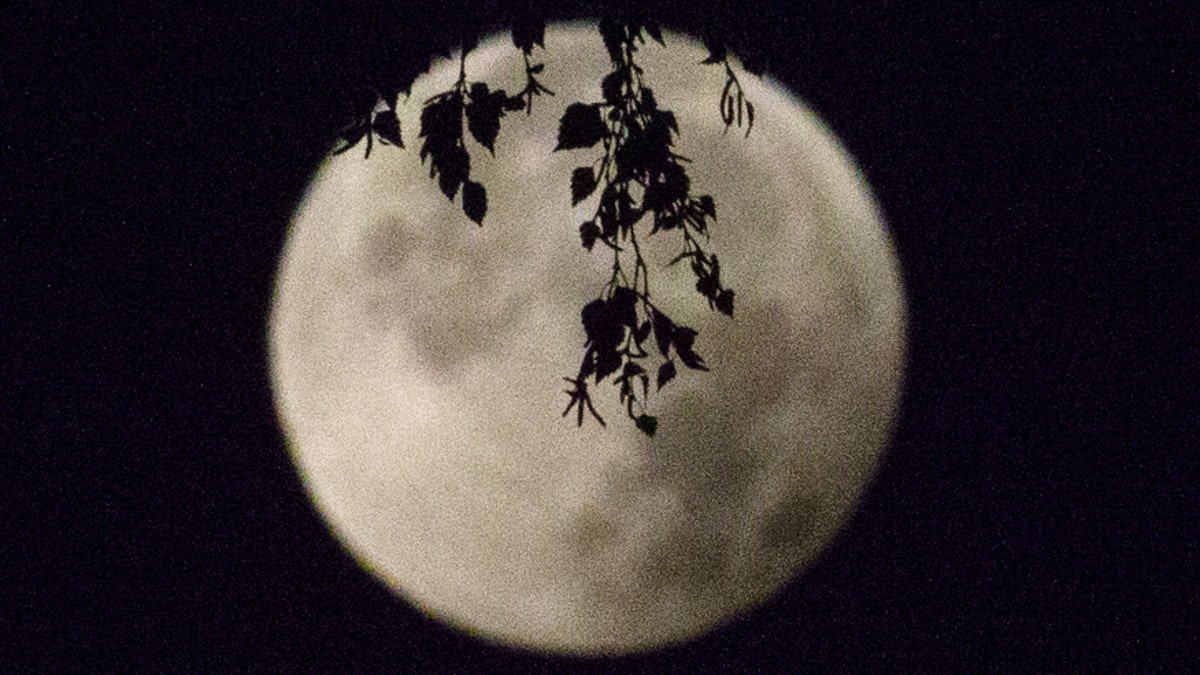
File photo: A supermoon appears after a total "supermoon" lunar eclipse in Brussels September 28, 2015. (REUTERS/Yves Herman)
Stargazers are in for a triple treat: Friday night will feature a type of lunar eclipse, the Full Snow Moon, and even a comet.
You’ve likely heard of a “supermoon,” when the full moon appears brighter than usual because it’s closer to Earth. Friday night, something different will happen, in effect. The full moon will be darker.
What a penumbral eclipse looks like: A subtle shading on one edge of the moon. https://t.co/Iyy7oTFq7K
— EarthSky (@earthskyscience) February 10, 2017
Photos: James Jacolbia pic.twitter.com/hIjYMWxy26
That’s because the Earth’s natural satellite will experience something called a penumbral eclipse. A full lunar eclipse happens when the Earth is right in between the sun and the moon, casting its shadow onto the moon. In a penumbral eclipse, it’s just the edge of the Earth’s shadow (the penumbra) that ends up on the moon, meaning the moon should just appear to be a little darker on one side. (The full, dark part of the shadow is called the umbra.)
Tonight's full moon swings south of Earth's dark umbral shadow but passes through the fainter penumbral shadow.https://t.co/i4QByc8zW3 pic.twitter.com/sxMJhROXxY
— EarthSky (@earthskyscience) February 10, 2017
This phenomenon will be at its maximum at 7:43 tonight, EST, according to Space.com. The best place will be the eastern side of the U.S. If you are outside and in a dark area at that time, look up to the east and check the moon for shading. Don’t worry, that’s not an alien spaceship casting a shadow on the moon. It’s just our own planet.
Because it’s February, the full moon is also called the Full Snow Moon, according to a tradition.
Finally, there’s a green comet soaring past Earth, and on February 11, it’ll be closest to us— although still over 7 million miles away. But don’t strain your eyes. A telescope or binoculars are essential to glimpse this comet, called 45P, as EarthSky explains.
Space.com suggests looking west in the evening, after the sun goes down, if you want to try to see it.
